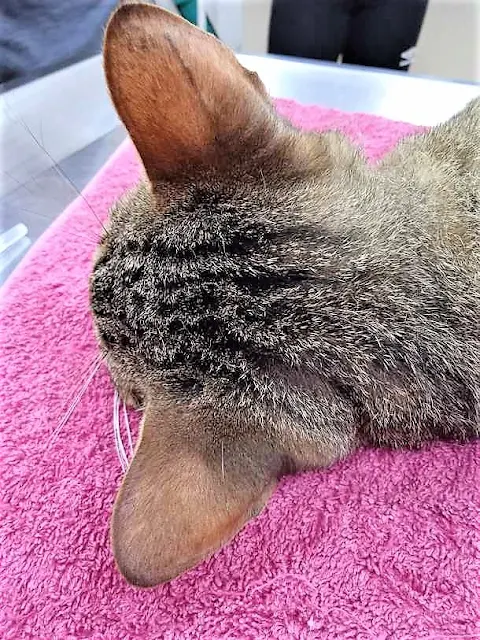NEWS AND COMMENT-KAMBERG, KWAZULU-NATAL: Conservationists have taken charge of a purebred African wildcat which was trapped by farmers in the Kamberg area of KwaZulu-Natal. African wildcats were incredibly common in South Africa. Incidentally, KwaZulu-Natal is a coastal South African province known for its beaches, mountains and savannah. It sounds delightful. Note: it is nice to know that the farmer called the conservationists and did not simply kill the cat. I guess he was protecting livestock.
But the ubiquitous African wildcat is quite special nowadays as indicated by the report on the website iol.xo.za. The problem is this: they crossbreed with domestic and feral cats. This results in a first filial wildcat hybrid. Such cats are not purebred. They can't be described as wildcats. And this has watered down the population and the purity of the genes of the African wildcat in South Africa and elsewhere on the African continent.
RELATED: African and Asian wildcat – complete information.
 |
| African wildcat trapped by farmer. Photo: FreeMe Wildlife. |
To confirm that they had a genuine wildcat, they carried out a DNA test and found that it indeed was purebred. This is a genuine wildcat. I must confess that the photograph of the cat does not confirm in my mind that this is a genuine wildcat. And if it is, you might be mistaken if you thought that it was a wild-looking tabby feral cat.
Two distinguishing features
Apparently, the conservationists employ two distinguishing anatomical features of the wildcat which separates them from tabby feral cats.
 |
| Back of ear flaps of African wildcat. Photo: FreeMe Wildlife. |
The first is that they have a rich, reddish-brown coloration on the backs of their ears. In comparison, domestic and feral cats or domestic/wildcat hybrids have dark grey or black-backed ears. There might be a faint ocelli on the back of the ear flap as well. For tigers this is a white spot. It is very watered down in domestic and wildcat hybrid cats.
 |
| Lanky legs of African wildcat. Photo: FreeMe Wildlife. |
The second distinguishing feature is that the wildcat has longer legs. They are quite rangy animals. They somewhat approach the gait of a cheetah for this reason. And when they sit upright on their bottom they are in a near vertical position. This is reminiscent of the ancient Egyptian statues. This makes sense because in the days of ancient Egypt, all domestic cats were either domesticated wildcats (Asiatic wildcats) or second third or fourth generation wildcats which had probably become truly domesticated.
RELATED: European wildcat habitat and hunting – classic cat technique.
It needs to be mentioned that the European wildcat does not have these long legs. They are a more stocky, squat and compact-looking cat whereas the African wildcat is slenderer. This is because of the climatic differences. Warmer temperatures produce smaller and lankier cats whereas in the north where it is colder they are bulkier in order to retain heat.
The chief executive officer at FreeMe Wildlife, the organisation which was involved in this rescue, said that they have a second genuine wildcat as well. They will be returned to the wild. They do not touch or get involved with them in order to ensure that they remain truly wild and non-domesticated. This facilitates their survival when returned to the wild.



No comments:
Post a Comment
Your comments are always welcome.